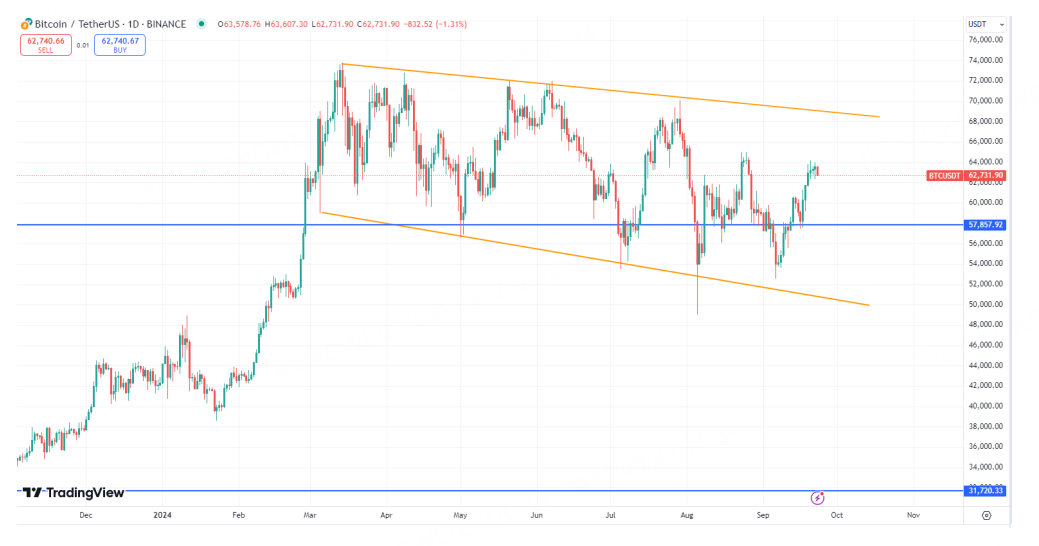What‘s The Best Time to Trade Stocks For The Rest Of This Year
The long-awaited interest rate cut by the Federal Reserve finally landed in September. With the determination of the path of further easing, the main trading logic for the rest of the year has become clear: maintain the old thinking until before and after the election.
Why can we maintain the existing trading ideas after the interest rate cut? On the one hand, judging from market feedback, risky assets have maintained a good trend, including the vane of USD/JPY, which is also a bottom out. This means that the trading pattern of the Biden administration has not changed. On the other hand, after the interest rate cut, Powell gave a "forward-looking guidance" at the press conference that he would cut interest rates twice during the year, each time by 25 basis points, which laid the foundation for the positive macro fundamentals.
Now that the big path has been determined, it is a normal operation to continue to hold positions in the trend market and to continue to sell high and buy low for varieties in the volatile market.
However, there are certain differences between varieties. For example, the troika that we have been emphasizing is obvious that although gold keeps hitting new highs, the final height and space are likely to be within 10%. Naturally, we cannot blindly chase high .
The U.S. stock index is also rising steadily, but the pace is slow and the point is relatively difficult, so we can only wait for the right opportunity to consider it. In contrast, Bitcoin, as a variety that started to rise rapidly in the first quarter of this year, has been correcting sideways in the past few months, and the real high point is likely not to come. Moreover, the volatility of the variety itself is relatively large, so among the three mainstream trend market varieties, BTC may have the best chance to shine.
Among the volatile market varieties, we have been paying attention to the two pillars of commodities, crude oil and copper. Although both of them have rebounded and corrected after recent lows, the oil price has barely remained above $70, so the relative bargain-hunting performance will be better.
The above logic is expected to be relatively safe before the US election, and the final election situation of the general election will affect the subsequent progress. On the whole, we believe that no matter who is elected, the risk assets will face the risk of downward correction later, but there will be differences in intensity and form.
Trump's election means the victory of the Republican Party, so naturally there is no need to consider the impact on the performance of the "predecessor". A direct and rapid smash of the market can not only bring a better value low, but may also imply that Biden's strategy is wrong. And if Harris comes to power, the current market conditions are expected to continue for some time, and then there will be a real plunge. In addition, if the market unexpectedly shows a short squeeze before the election, then our guess is that Trump will win, but with it comes the trap brought by excessively high asset prices. In this kind of market, it is enough to short risky assets without hesitation after the election results come out.
$NQ100 Index Main 2412 (NQmain) $$SP500 Index Main 2412 (ESmain) $$Dow Jones Index Main 2412 (YMmain) $$Gold Main 2412 (GCmain) $$WTI Crude Oil Main 2411 (CLmain) $
Disclaimer: Investing carries risk. This is not financial advice. The above content should not be regarded as an offer, recommendation, or solicitation on acquiring or disposing of any financial products, any associated discussions, comments, or posts by author or other users should not be considered as such either. It is solely for general information purpose only, which does not consider your own investment objectives, financial situations or needs. TTM assumes no responsibility or warranty for the accuracy and completeness of the information, investors should do their own research and may seek professional advice before investing.


